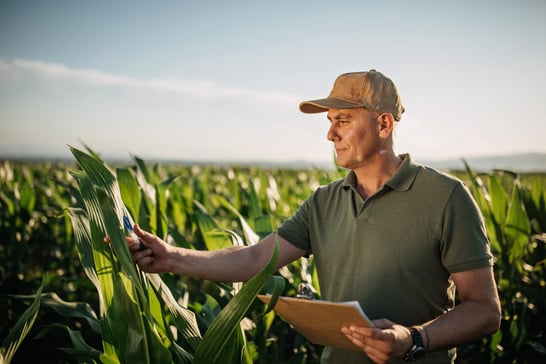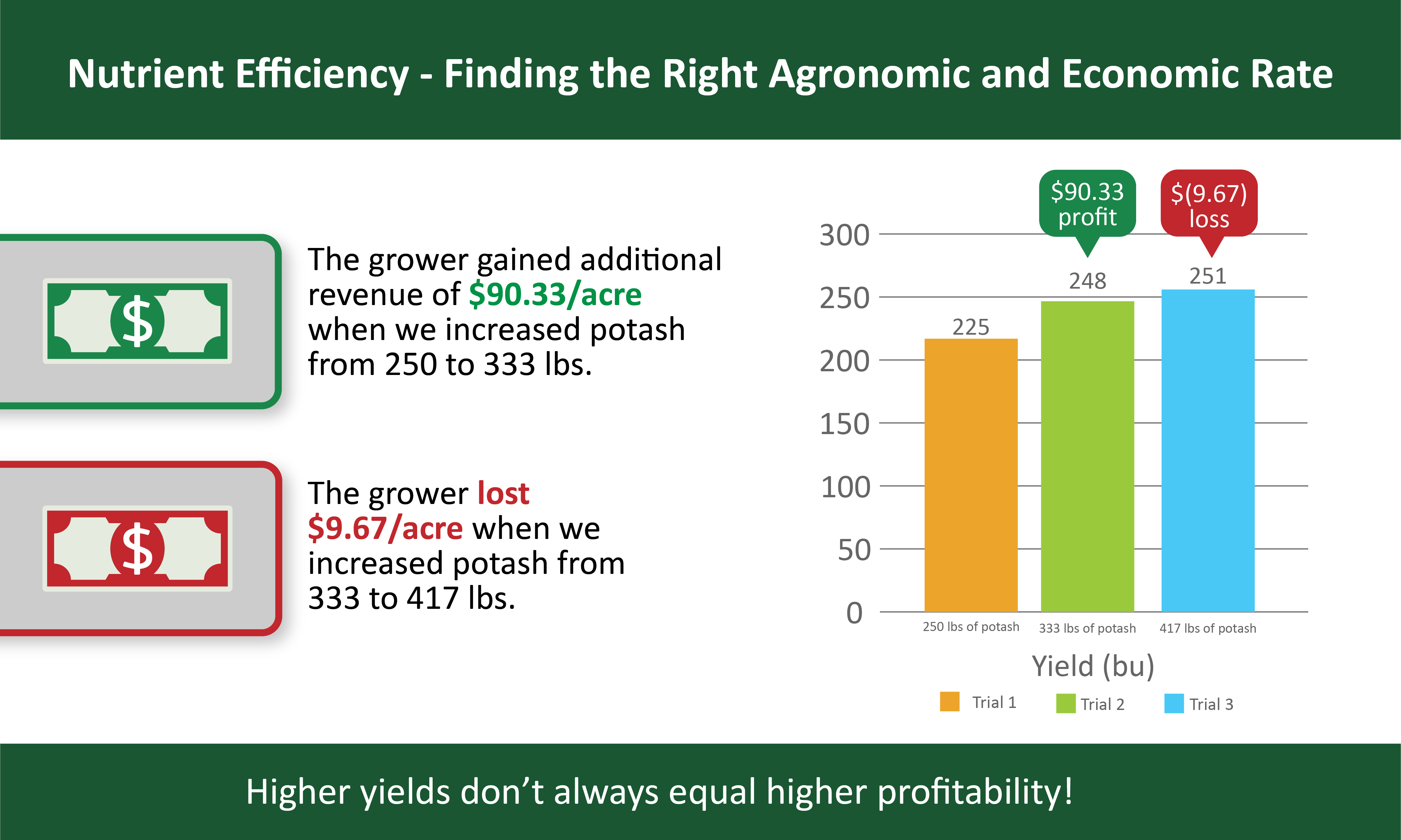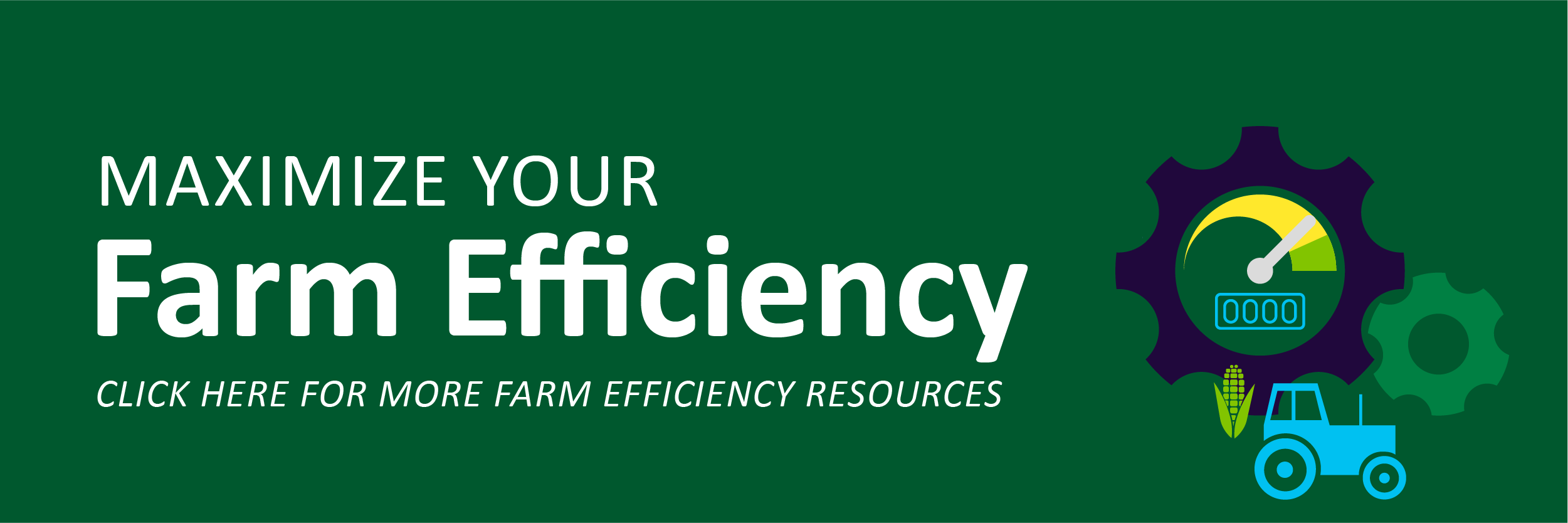Do you remember the 90s? I was an elementary student, probably about 7 when my parents bought our first computer. I remember listening to the dial up tone to get on the internet and play the math video games that my mom had found. I also remember the incessant pop ups that also came with 90s internet. Sometimes, that’s how I feel about precision ag these days. There are a lot of pop ups that are flashy and use all the right buzz words wanting you to ‘pick me, pick me, pick me.’ However, there are several things about precision ag that these companies often leave out of their messaging that can be surprising. 5 of those things that can often surprise people are:
- There are no magic algorithms
- Achieving higher yields isn’t the best way to measure success
- You don’t need to be a data scientist or technology expert to use your data and equipment to its full ability
- Hiring an advisor you trust will help you become a more efficient and profitable farmer
- You’ve never learned it all

THERE ARE NO MAGIC ALGORITHMS
There is no such thing as a perfect magic algorithm. Finding the right product placement, rate, or timing is a constant trialing and evaluation cycle. It doesn’t have to be a headache of a process, though. A lot of our machines have rate control capability and trials that can be loaded right into the controller. At Premier Crop, we can automate these trials through what we call Enhanced Learning Blocks. These are randomized and replicated trials that will tell your machine to change rate, turn off, turn on, switch product, and whatever we want to test. Combining the data from the trial itself with weather data, soil samples, and applied fertility, we can start to gather what kind of agronomic environment this trial could be replicated on. They can also be aggregated to allow us to create response curves for products so we don’t question what that perfect rate might be.
ACHIEVING HIGHER YIELDS ISN’T THE BEST WAY TO MEASURE SUCCESS
As we gain better knowledge of product placement, rates, and timing, it is important to ask how we know when we have found success. Higher yield? That’s what many precision ag companies want us to believe. We can circle and map and see if it got us higher yield, but that’s only half of the picture. Agronomics are always important, but our decisions must also be advantageous to our pocketbook.
For example, let’s say this year I ran a potash trial on my field. In this trial, I had 3 different rates across an area of my field that has 280 ppm soil test K values. The rates we ran were 150 units of K, 200 units of K, and 250 units of K. That translates to 250 lbs of potash, 333 lbs of potash, and 417 lbs of potash, respectively. Our yield responses were then 225 bu, 248 bu, and 251 bu, respectively.
We continued to see an increase in each application, but do they all make sense economically for us? Let’s say that potash is $400/ton, application is $8/ac, and we sell our corn for $5/bu. Which is the best rate in these economic conditions? When we increased our potash from 250 to 333, we gained an additional revenue of +$90.33/ac. However, continuing to go from 333 lbs to 417 lbs, only increased our yield by an additional 3 bushels, we actually lost -$9.67/ac. Yield is only part of the picture, we need to take economics into account, too, especially as we move into a fall with extremely high fertilizer prices. Being confident in the input decisions we make eliminates the emotion that comes with seeing prices rise so fast.

YOU DON’T NEED TO BE A DATA SCIENTIST OR TECHNOLOGY EXPERT TO USE YOUR DATA AND EQUIPMENT TO ITS FULL ABILITY
That was a lot of math we worked through in the last point for only one input decision. But, with the right technology and advisor working alongside you, you don’t need to be a math, tech, or data guru to make these decisions every single day. It’s important for you and your advisor to sit down and decide what your goals are moving into the next crop year. From there, determine what you could trial for the coming year. Question whether or not you can still push your fertility and see a return. Or consider backing down your seed in lower productivity areas without sacrificing yield. Perhaps you want to know if that starter rate you’ve been using is doing your crop any good.
HIRING AN ADVISOR YOU TRUST WILL HELP YOU BECOME A MORE EFFICIENT AND PROFITABLE FARMER
Having a trusted advisor help you along the way is a huge asset to your farm operation. Agronomy is complex, but using a software that can combine agronomic factors and delve into the relationships happening in your fields through trialing, customized rec equations for different parts of your field, or visuals of your economic and agronomic data married together can take your operation to the next level. Also, having an advisor that isn’t tied to certain products can increase your level of trust, because their number one goal is to make you a better farmer. Going forward, you’re going to want to have a data partner you can rely on to provide confident, unbiased advice in order for you to achieve higher profitability.
YOU’VE NEVER LEARNED IT ALL
The last surprising thing a lot of people don’t realize when they jump into the precision ag world is that there is never going to be a time we have all the answers. I had a grower last winter ask me, “I can see the immediate benefit of doing business with you but what is my long-term gain?” That is such a great question because it allowed us time to talk about expectations. For years, our founder Dan Frieberg has talked about the rain barrel, and finding the lowest stave that may be hindering your yield. But we often forget that once we have raised that stave, another becomes the lowest. This is a continuous process that we work on with you. There is always some way to improve yield, ROI, or efficiency. We are here to help you find it. Contact us today to get started.

